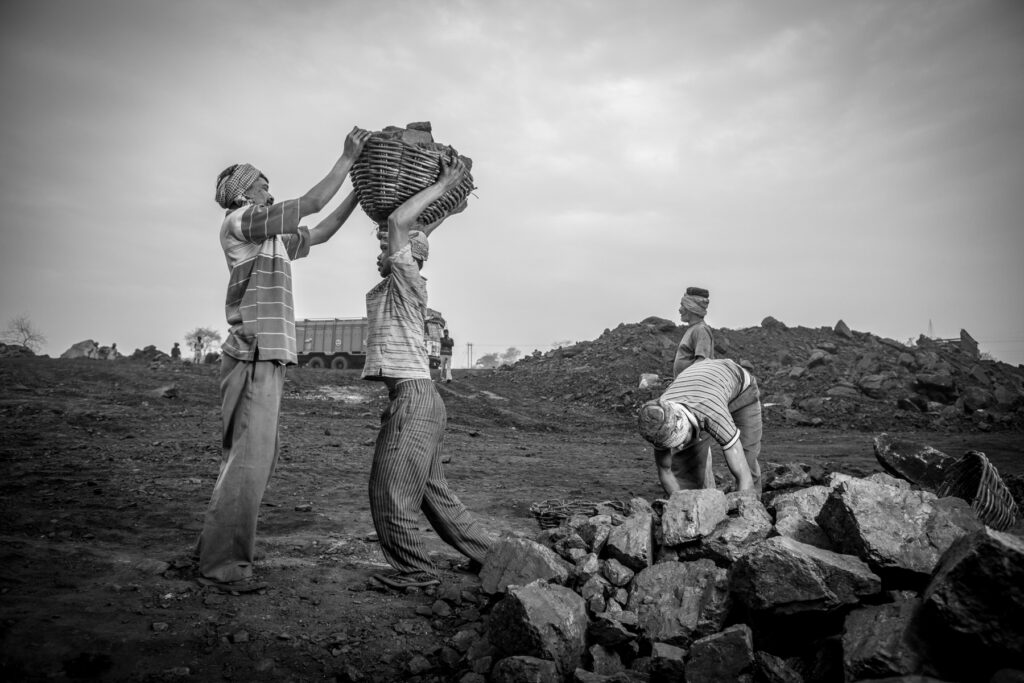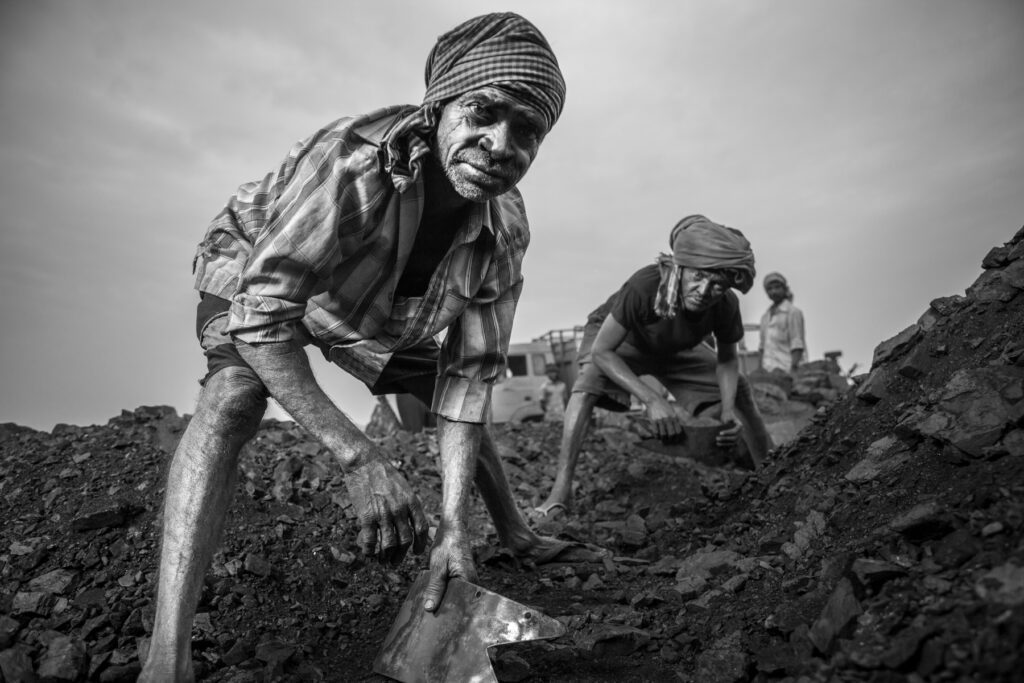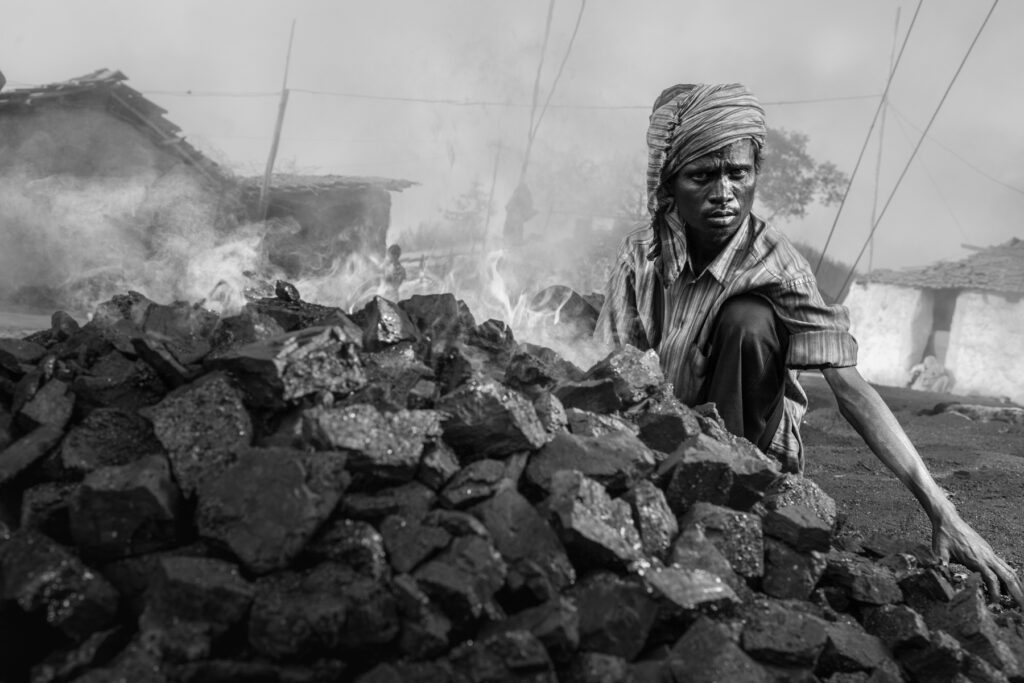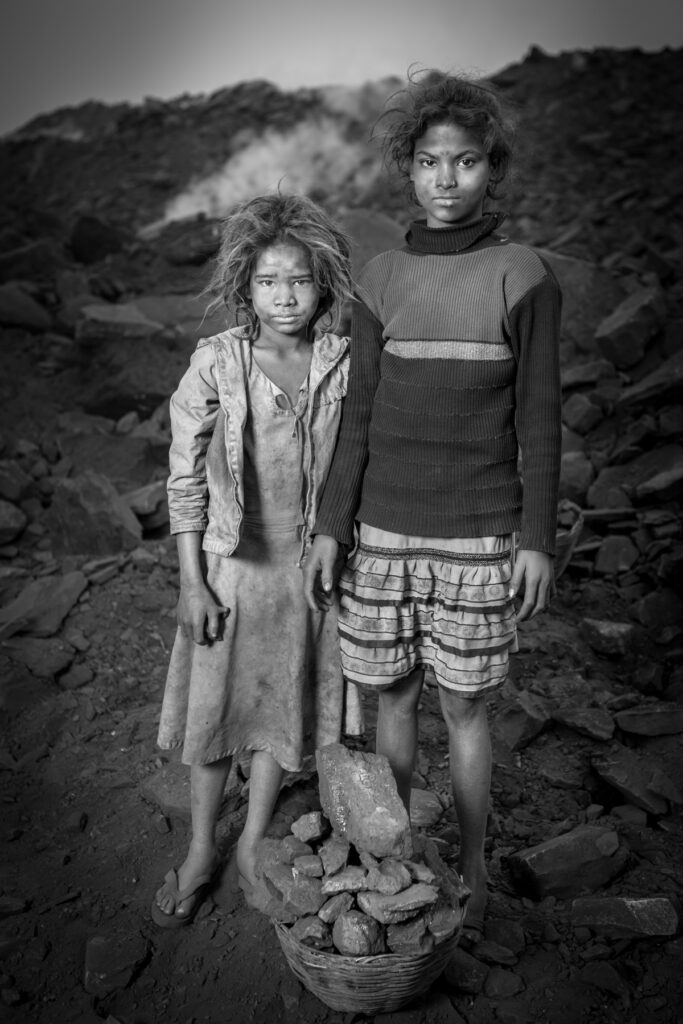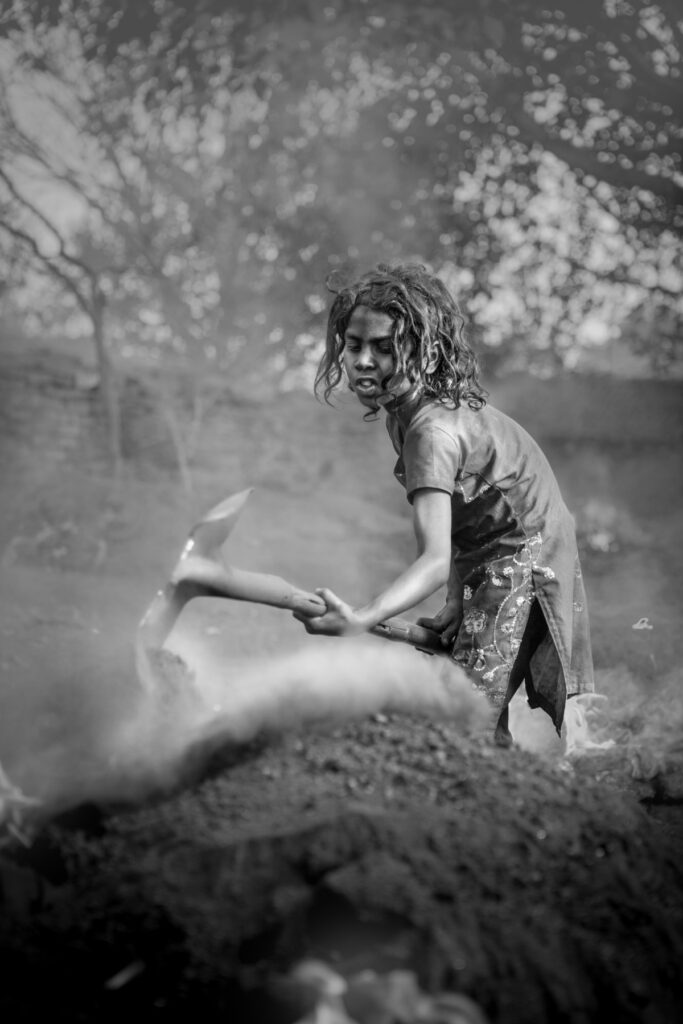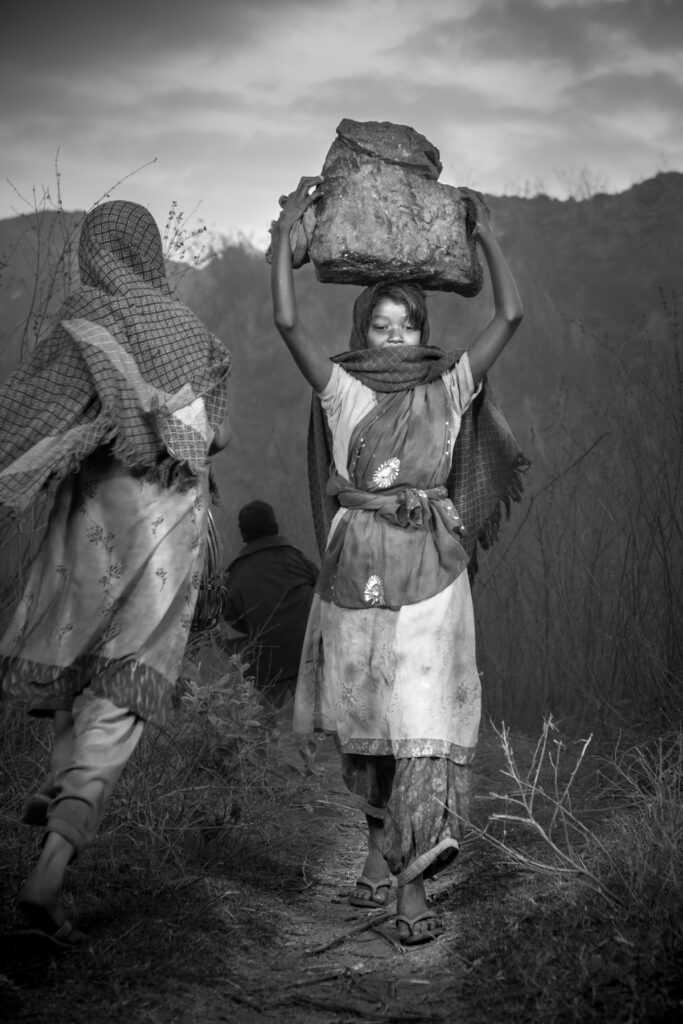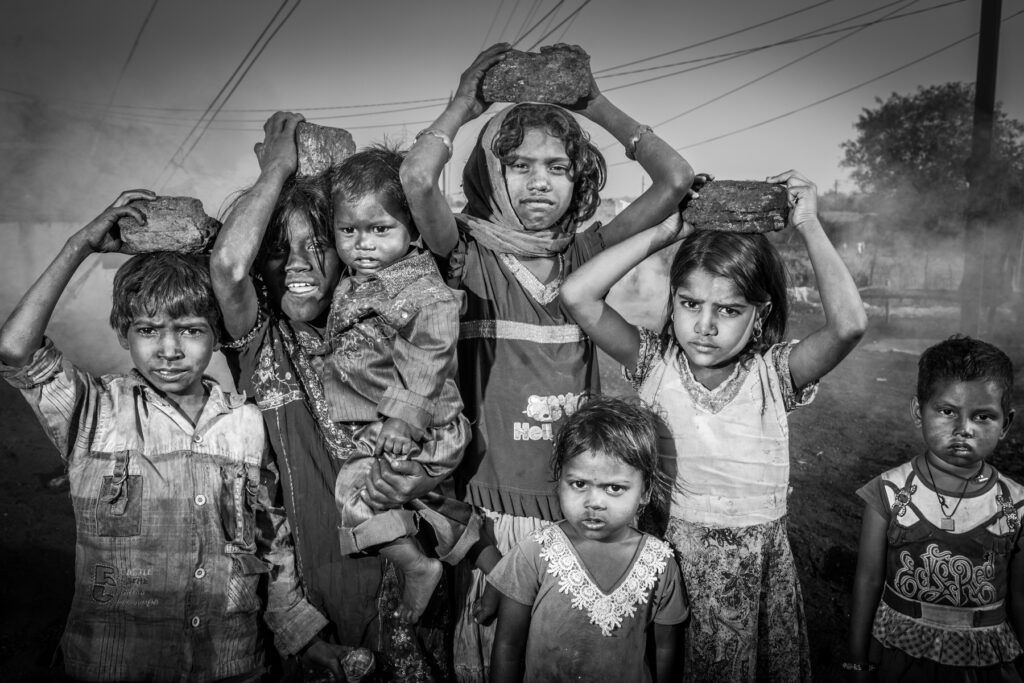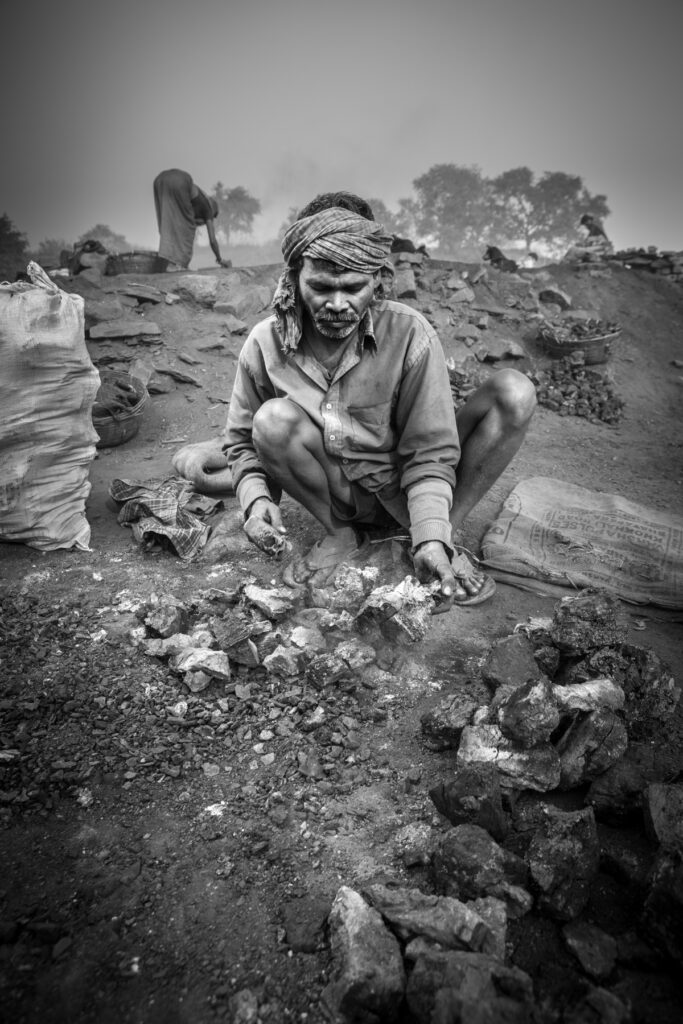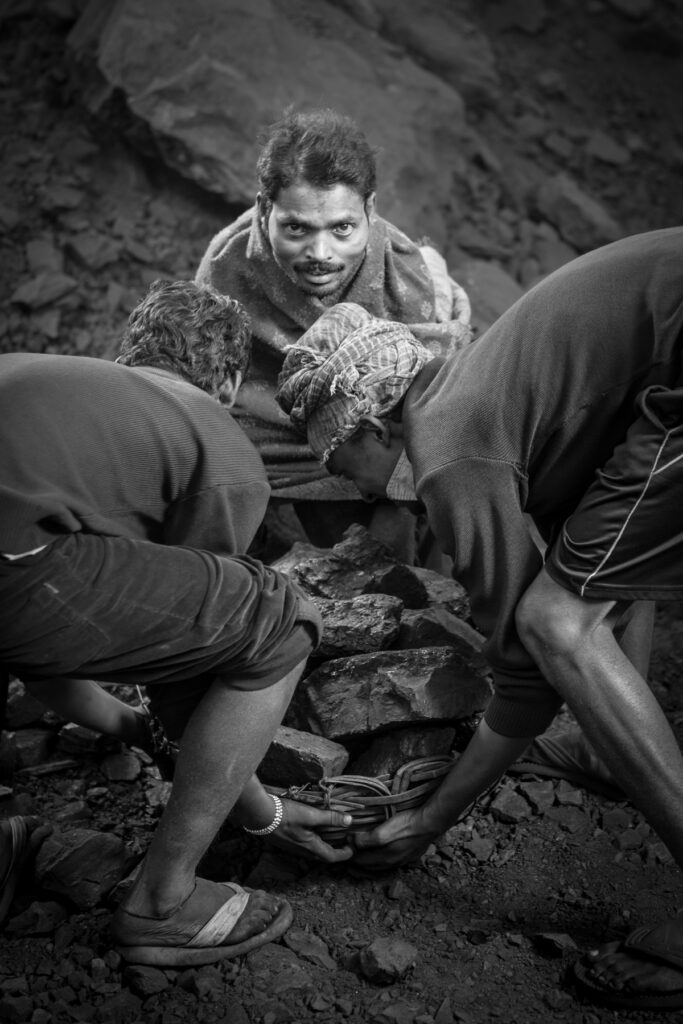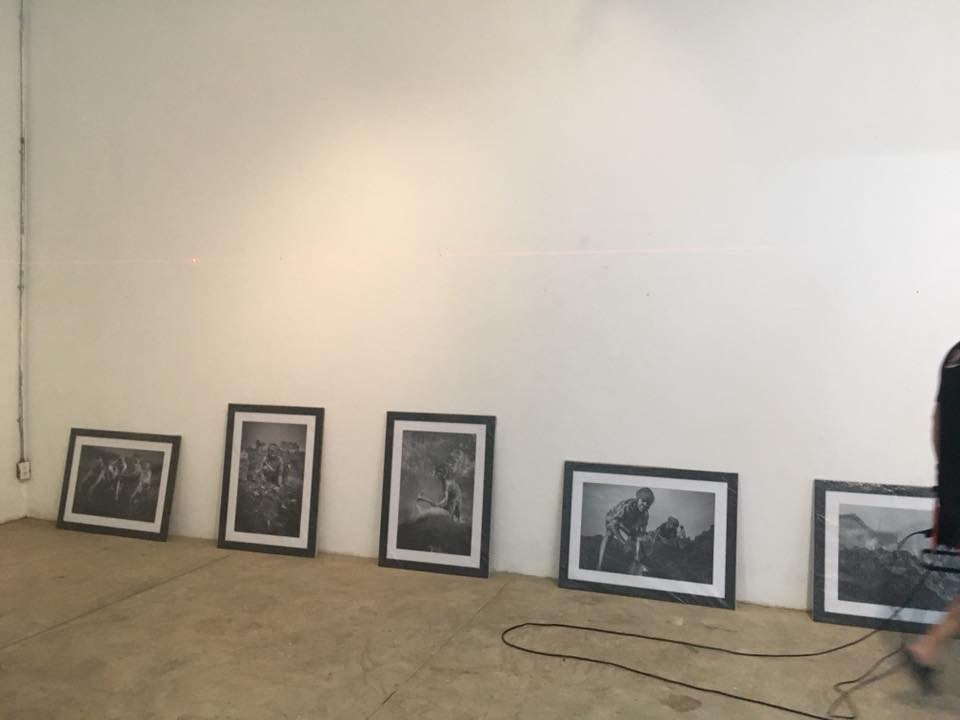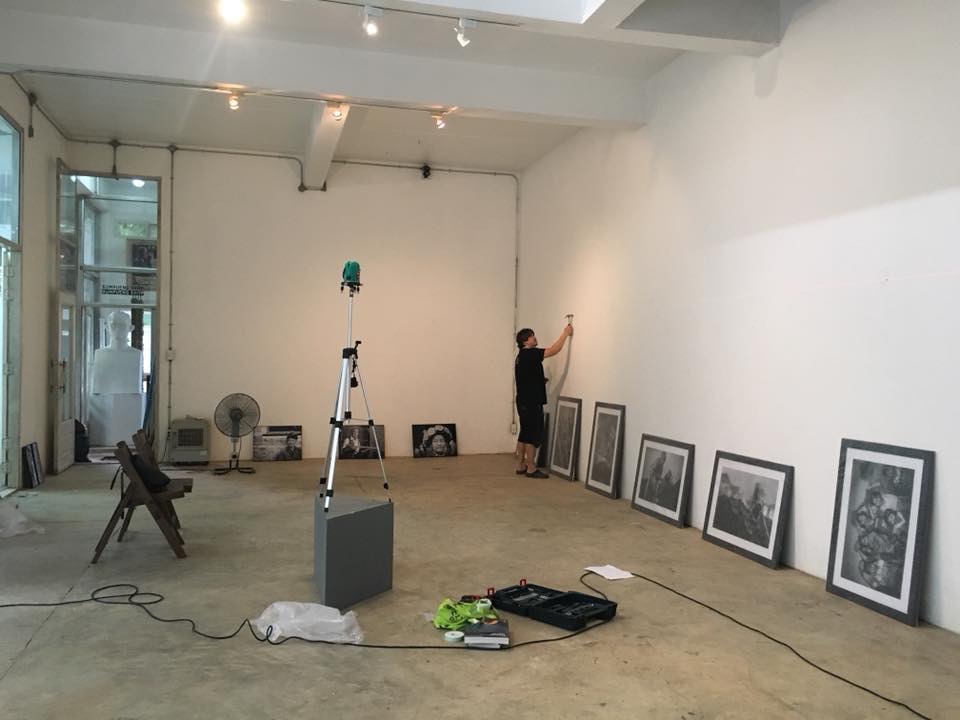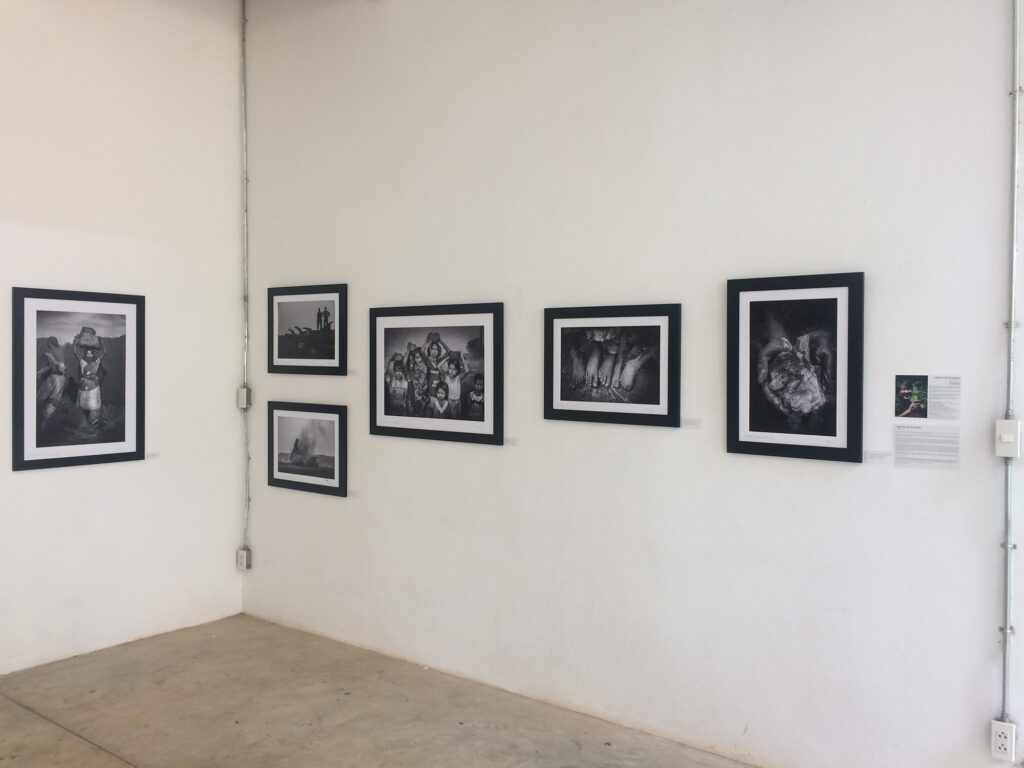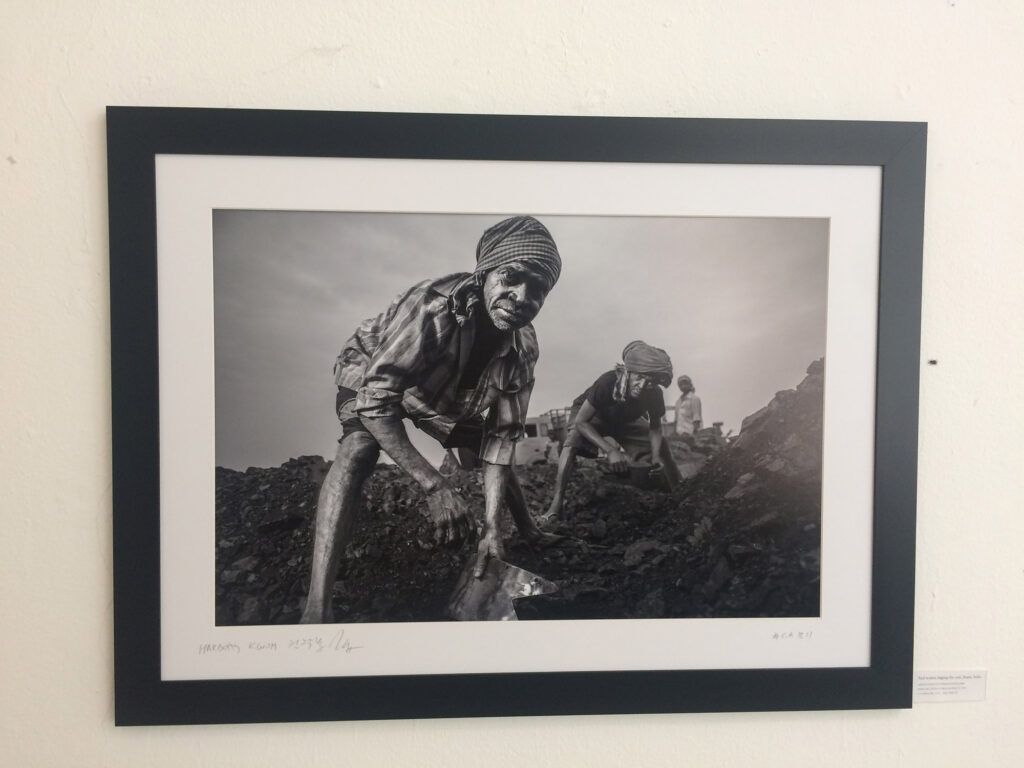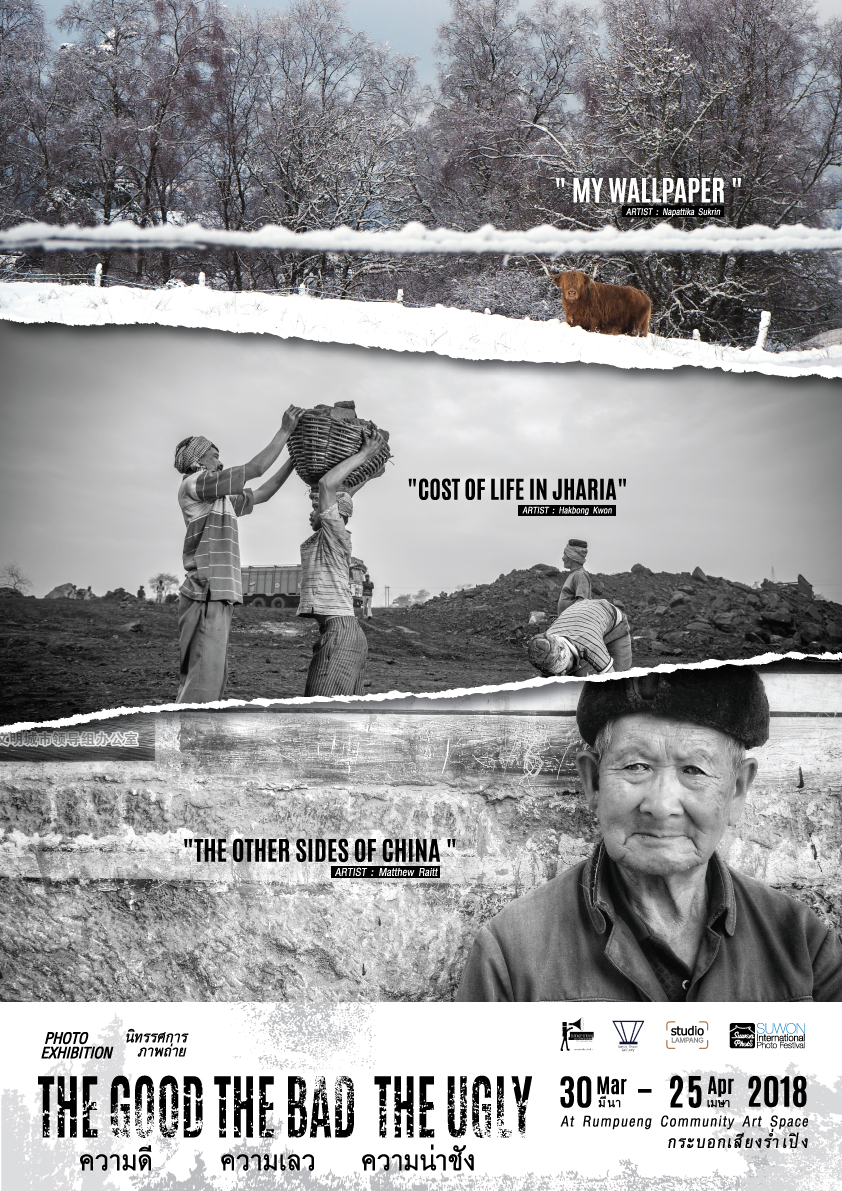
The Good The Bad The Ugly
A documentary photography series capturing the survival of people living in the vast open-pit coal mining region of Jharia, India.
Amid underground fires that have burned for over a century and severe environmental pollution, the series documents the daily struggles of those who make a living by scavenging and processing coal.
The photographs highlight their labor and lives, as well as the ongoing cycle of poverty within a devastated ecosystem.
Cost of Life in Jharia is a documentary photography project shot in the northeastern Indian region of Jharia.
Jharia is home to India’s largest open-pit coal mines, where underground coal seams have been burning for over a hundred years.
The constant fire smoldering beneath the vast terrain has drastically altered the lives of those who call this land home.
The original indigenous communities have been displaced, and the remaining residents survive by collecting coal around the mines.
Each morning at dawn, entire families gather to scavenge coal. They break it, preheat it to release toxic gases, and then prepare it for sale.
Even after a full day of work, a family of four or five earns barely two dollars.
Children are not spared from this labor, and many adults suffer from respiratory diseases.
With no access to proper medical care, families must tend to the sick at home while working even longer hours to survive.
The environment has been devastated. The land is no longer arable, the water is contaminated, and the air is heavy with smoke.
Yet the vicious cycle continues.
Under a capitalist system, profit-driven corporations take no responsibility, and the government turns a blind eye.
I spent about a week photographing in this area.
Each time I showered, black suds ran down my body—a visceral reminder of the place’s harsh reality.
Cost of Life in Jharia is a record of the complex tragedy condensed into the cost people pay simply to live in Jharia.

